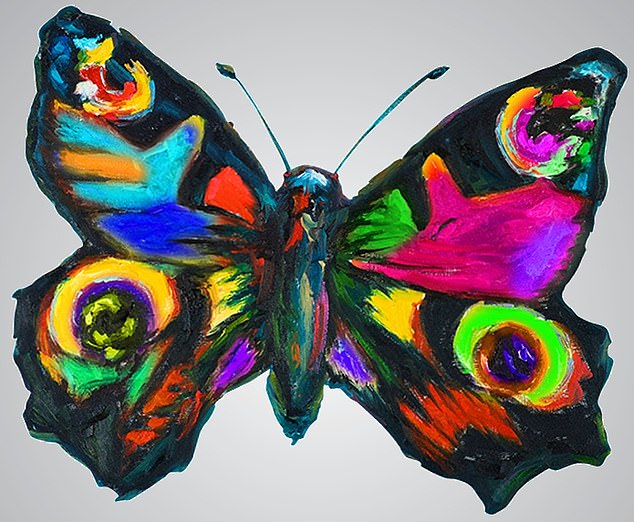About one percent of people worldwide can see 99 million more colors than the average person, creating a more vivid world and seeing hues invisible to most humans.
Tetrachromacy is a rare genetic trait that gives people, mainly women, a fourth color-detecting cone in the retina.
Most humans have three cones in their eyes that detect variations of red, blue, and green across the visible light spectrum. Tetrachromats have four.
Tetrachromats can differentiate between more colors within the range of light visible to humans, allowing them to distinguish more subtle color variations.
To see if you are tetrachromatic, look at the spectrum and see how many shades you can distinguish. Most people can see between 20 and 32 colors in the spectrum, bBut people with tetrachromia should be able to see at least 33 to 39 colors.
Most people can see between 20 and 32 colors, making them trichomes. But people with tetrachromia should be able to see at least 33 to 39 colors. However, take this test with a grain of salt, as computer monitors cannot display the full range of colors that a test performed by a doctor can.
Concetta Antico, a tetrachromatist, said she knew something was different about her vision since she started teaching art classes: “I was like, ‘Look at the light in the water. Can you see the pink shining through that rock?’ The students nodded politely, but the colors she saw so vividly were invisible to them.
Tetrachromacy involves the light-sensitive retina at the back of the eye, which contains cells called photoreceptors that provide color vision.
The retina transmits light signals to the brain through the optic nerve. Once those signals reach the parts of the brain responsible for vision, they become the images we see.
These photoreceptors consist of rods and cones. The rods allow the eye to sense light and see in the dark, while the cones allow the eye to see and differentiate colors.
Most people are trichromatic, meaning that the three types of cones in their eyes are sensitive to three wavelengths of light: red, blue, and green. The combination of signals from these three allows us to see a wide range of colors.
Tetrachromats, on the other hand, have four types of cones in their eyes. The fourth cone is sensitive to a wavelength between red and green, giving some people the ability to see a much wider range of colors than trichromats.
Up to 12 percent of women and eight percent of men may be tetrachromatic.
Certain visual tests, including the one shown in the image, can help determine if a person is tetrachromatic, although genetic testing is the only way to know for sure. Computer monitors can only support so many tones, so perform online tests with caution. Doctors usually perform these tests in person to get a more accurate result.
Antico conveys what his world looks like in vibrant paintings in his California gallery.
From a young age she knew that her eyes saw the world differently than other children’s, and she knew from a young age that she would pursue a career in art.

Concetta Antico’s art captures the wide range of colors that tetrachromats can see. His works are exhibited in San Diego, California. Courtesy of Concetta Antico

When painting eucalyptus bark, Antico said the tubes of paint flew and the result was a multi-colored tree with shades of purple, red, orange, blue and yellow.
He told the BBC that while he was painting a eucalyptus tree, “the paint tubes were flying.”
“The yellows, the violets, the lime greens… I mixed them ferociously on the palette trying to produce all the currents of color in the bark.”
He wasn’t able to know for sure that there was actually something different about his vision until he underwent genetic testing in 2012.
Genetic testing looks for mutations in two genes on the X chromosome that program the eyes’ ability to perceive red and blue.
Since the genes are on the X chromosome, tetrachromacy is more common in women with two X chromosomes and they may carry different versions of the opsin genes.
In contrast, men have only one X chromosome, so they have less opportunity for specific genetic mutations to occur.

Concetta Antico’s vision especially improves at night, as seen here. Courtesy of Concetta Antico
People with these mutations can develop a fourth cone in the retina, which can detect wavelengths of light that fall between the ranges detected by the red and green cones (the long and medium wavelength cones).

